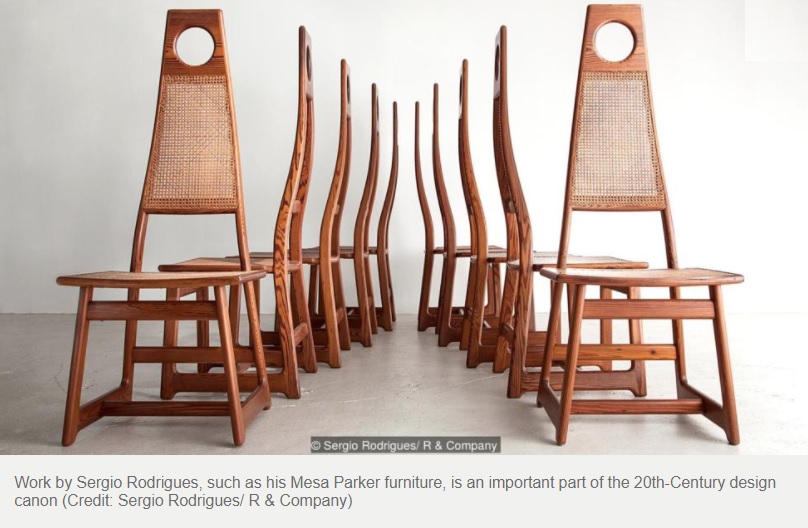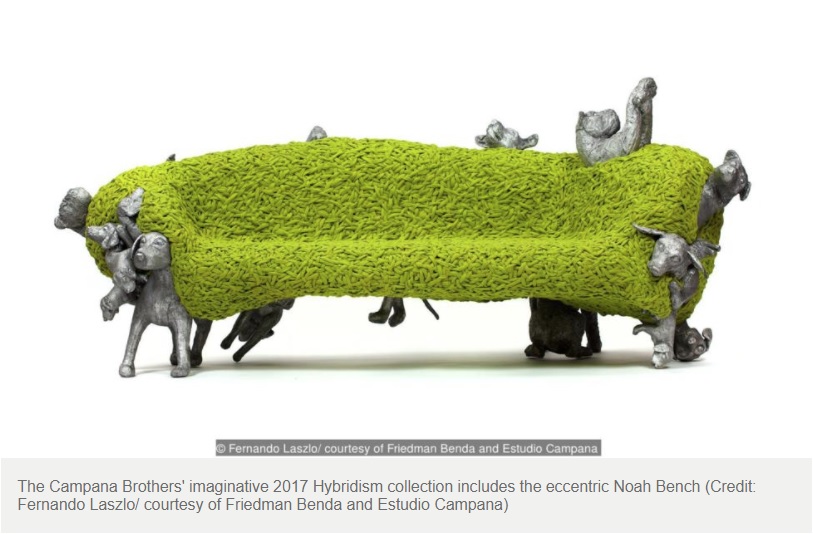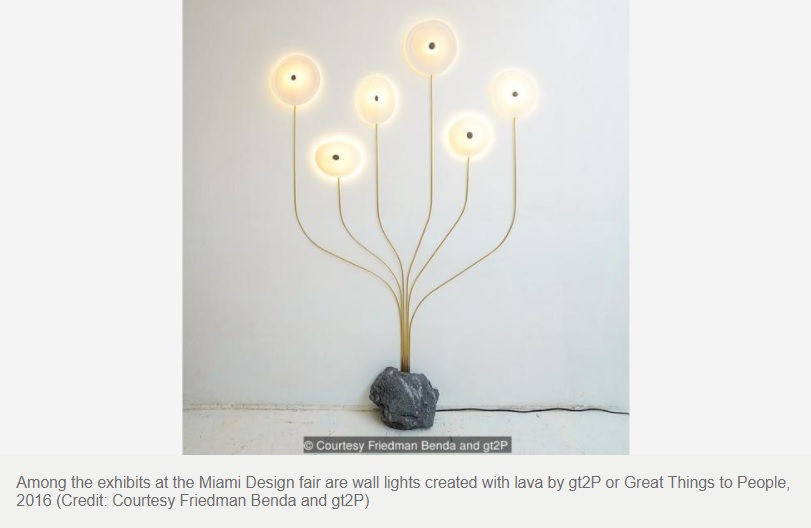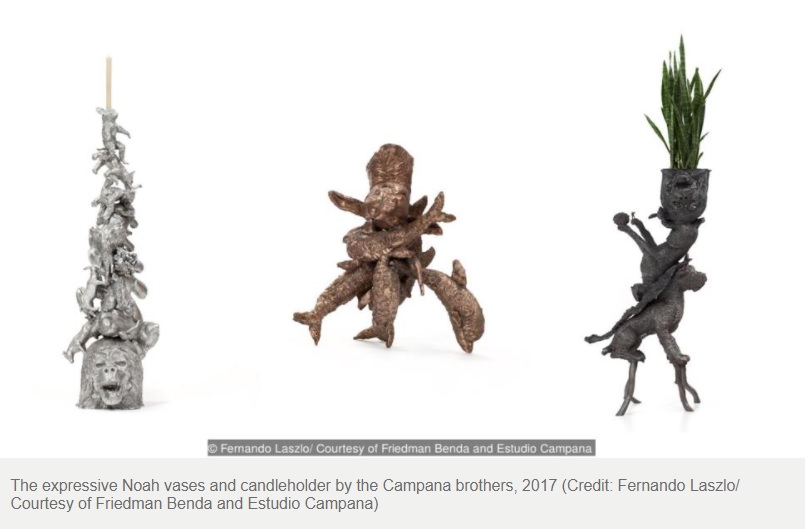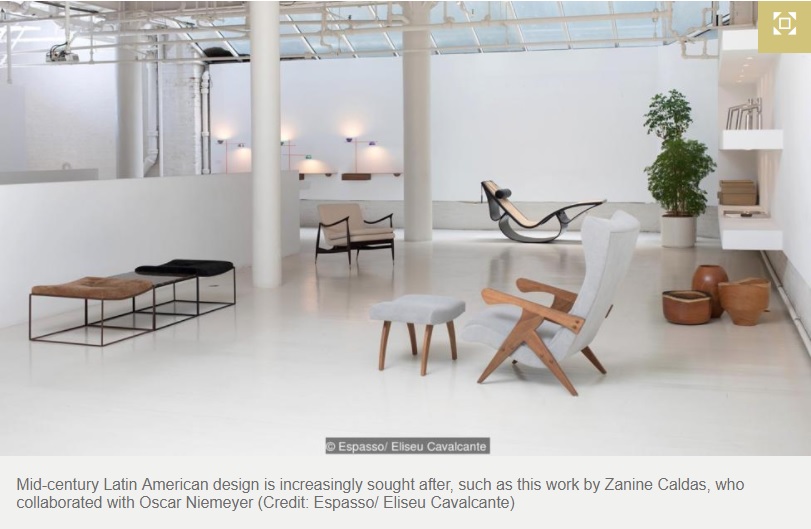
For years overshadowed by the more famous output of European and North American designers, Latin American design is finally taking centre stage. The work of key South American creatives such as the late architect and designer Sergio Rodrigues, artist and designer Joaquim Tenreiro and artist, designer and architect José Zanine Caldas may be less well-known than that of internationally renowned US luminaries Charles and Ray Eames, say, or France’s Jean Prouvé and Charlotte Perriand. But the region’s furniture and homeware are being recognised for what they are - an important part of the mid-century design canon.
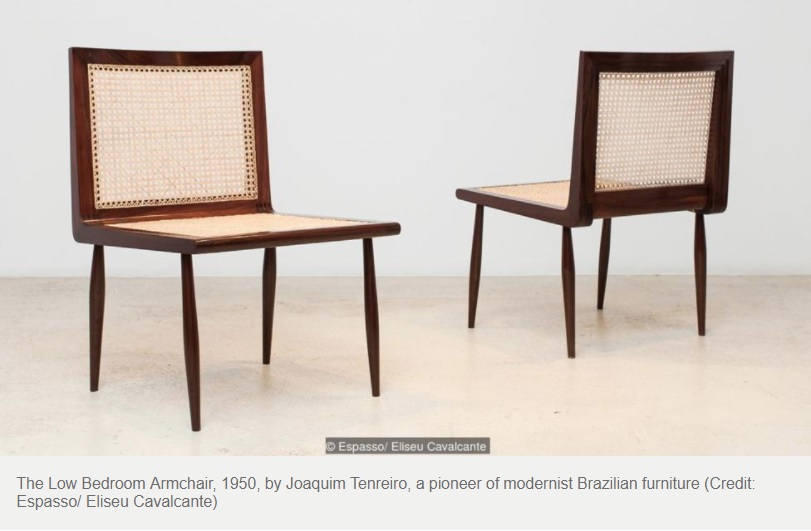
There is a growing demand for both mid-century and contemporary Latin American design, judging by its strong presence this year at Design Miami/, the annual fair held at Miami Beach (from 6 to 10 December), where 31 international galleries are taking part.
Embracing colour and idiosyncratic, sculptural forms, mid-century-modern design offered a more relaxed alternative to strictly functionalist early 20th-Century modernism. And, arguably, Latin American furniture is one of the most expressive branches of mid-century design: its chunky, sculptural, often hand-made forms were fashioned from indigenous woods, such as jacaranda (a type of rosewood) in rich, syrupy hues, leather and rattan. And, since the 1980s, younger designers, notably the São Paolo-based Campana Brothers, have upheld this tradition, creating work that prioritises form over function.
